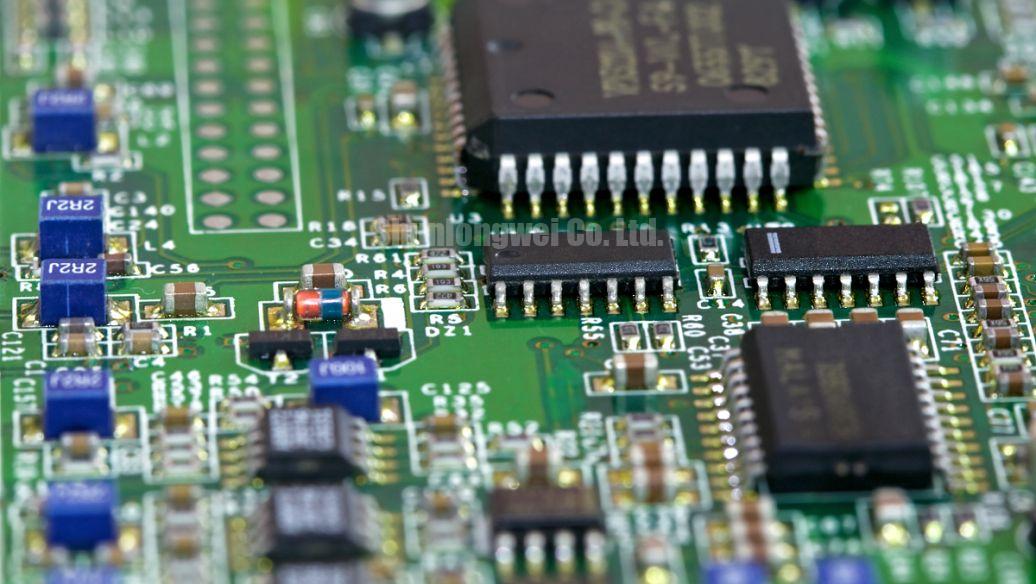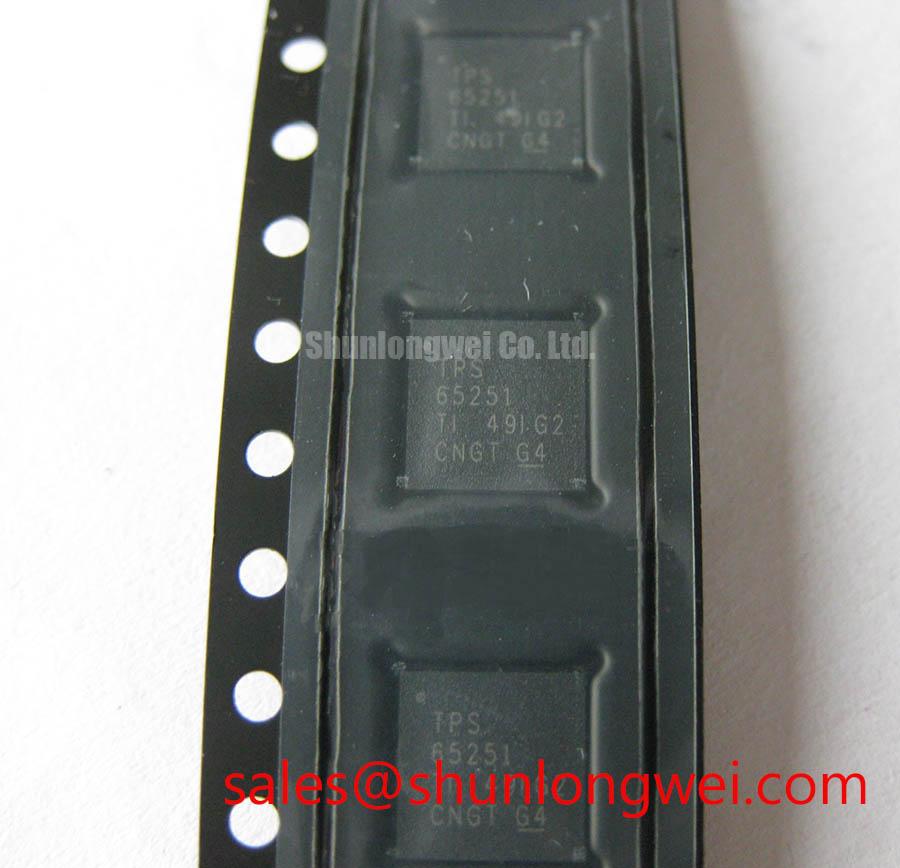
The electronic circuit can show the connection and control relationship of the complex electronic product in the most concise and intuitive form, so that the installation, debugging and maintenance personnel of the electronic product can understand the internal structure and working principle of the entire electronic product in a short time. Then complete the corresponding work under the instructions of the electronic circuit diagram. In the actual production and maintenance work, the connection relationship, assembly relationship and working process of electronic circuits will be reflected through different electronic circuit diagrams.

Usually, we call the circuit diagram that expresses the connection relationship of the electronic circuit as the electronic circuit connection relationship diagram (wiring diagram), the circuit diagram that expresses the assembly relationship of the electronic circuit is called the electronic circuit assembly diagram, and the circuit diagram that expresses the structure and working principle of the electronic circuit Called the electronic circuit schematic diagram. Different types of electronic circuit diagrams have different characteristics and uses.
According to the different forms of signals processed, electronic circuits can usually be divided into two categories: analog circuits and digital circuits. Electronic circuits used to transmit and process analog signals are called analog circuits; electronic circuits used to transmit and process digital signals are called digital circuits.
Analog circuits usually pay attention to issues such as signal amplification, signal-to-noise ratio, and operating frequency. Common ones are amplifier circuits, filter circuits, and transformer circuits. Such as radio, television, telephone, transformer and other circuits.
Digital circuits are widely used in digital electronic computers, digital communication systems, digital instruments, digital control devices and industrial logic systems, etc., which can realize the transmission of digital signals, logical operations, counting, registration, display and pulse signal generation And conversion functions.
The combination of analog circuits and digital circuits is becoming more and more extensive, and technology is tending to digitize analog signals to obtain better results, such as digital cameras and digital TVs.

The central task of electronic circuit design is to design a circuit with this function according to the functional requirements, or it can be said. Design a complete circuit to enable it to complete the expected function. Generally speaking, the content or steps of electronic circuit design are:
(1) Analyze the functions to be realized first, and classify and integrate their functions, clarify the input variables, output variables and intermediate variables.
(2) Put forward the functional requirements of the circuit, clarify the function of each functional block and the connection relationship between each other, and make a block diagram design.
(3) Determine or design each unit circuit, determine the main components among them, and give the unit circuit diagram.
(4) Integrate each unit circuit, standardize the design of a unified power supply circuit, that is, the power supply circuit, and do a good job of cascading design.
(5) Design detailed circuit diagrams, determine all components and give a list of required components.
(6) Design printed circuit board diagrams according to components and circuits, and provide corresponding component distribution diagrams, wiring diagrams, etc. If it is a complete machine, generally provide the complete machine structure diagram.
(7) If the realization process is more complicated and has special process requirements, an explanation of the process requirements or a process design report shall be given.
(8) When performing amateur design or circuit design belonging to the monomer experimental development category, it must be debugged and tested. And give the results of experiments and tests.
(9) Write out the design specification or design report.
In the above description, (1)~(5) belong to the principle design, (6)~(8) basically belong to the process, (9) is the conventional requirement, which must be completed by the designer, and the only thing the designer can keep The design information must be detailed, specific and standardized, and can be used as a basis for technical exchanges.
